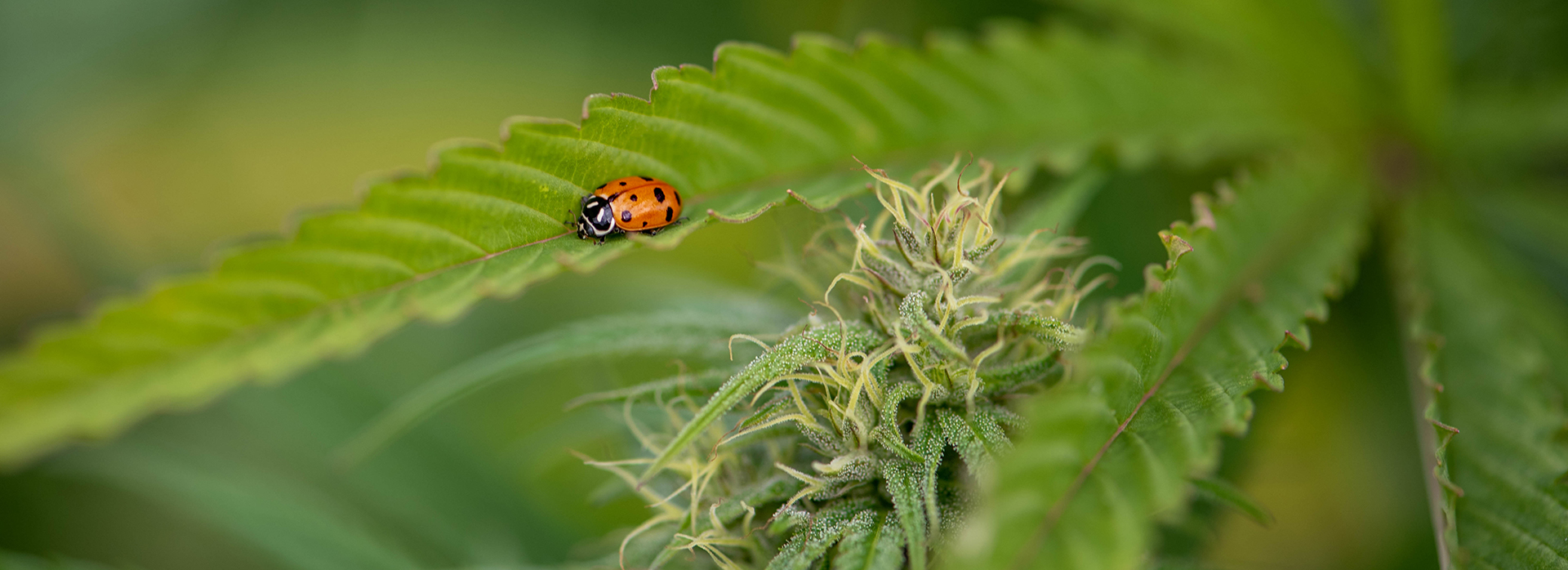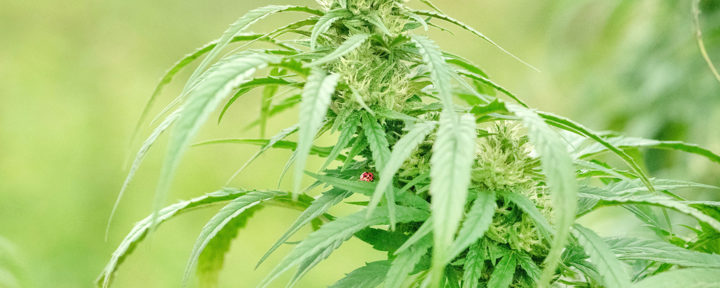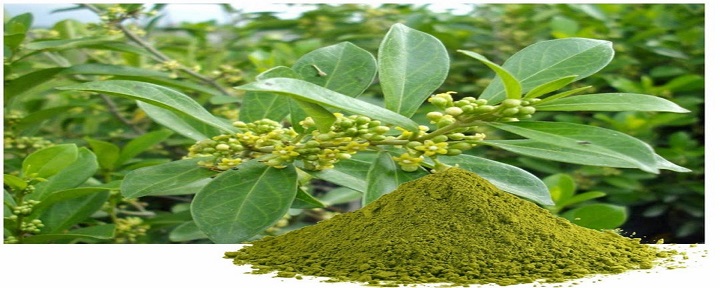Hemp, or Cannabis sativa, has been used by humans since antiquity. A member of the Cannabaceae family, Hemp is also related to Hops and Hackberries. Hemp and Hops are the most economically important members of the family.
The first recorded use of Hemp in herbalism was in 2737 BC, by Chinese Emperor Shen Nung. In ancient China, every part of the plant was used — and today the uses are quite similar. The stem was used for rope, paper and textiles, while the seed became food and oil. The leaf, flower, resin and roots were used to support physical and spiritual health and wellness.*
Botanically speaking, Hemp is a beautiful and distinct plant with an unusual fragrance. Its leaves are palmately compound, typically with five to 11 individual leaflets. The longest leaflet is most often in the middle. Female flowers are typically green, although they can be red or purple. They are covered with resinous glandular trichomes; little “hairs” that are small but still visible if you look closely. These trichomes, which are mostly found on the upper leaves and unfertilized female flowering tops, are filled with cannabinoids. The flowering tops of female plants are most commonly used in herbalism today.
Hemp is a durable material, as evidenced by the earliest known Cannabis artifact. A Hemp rope from 26900 BC was found in the Czech Republic in 1997! The earliest evidence of Hemp farming dates back 12,000 years, meaning it’s one of the oldest cultivated crops. The early medical journals and King James Bibles were reportedly printed on Hemp paper. It was a simple alternative to pricey silk and heavy clay tablets. Cannabis was first included in the fifth revision of the U.S. Pharmacopeia in 1860, and back then it was often planted as a companion to Tobacco.
Hemp was used in what is now Iran, India, China and ancient Greece. Despite a long, rich history of use, our understanding of how Hemp works in the body was limited until recently. That was, until 1988, when the endocannabinoid system was discovered. While the science on the system is new and growing, we do know that it appeared early in the evolutionary timeline. The recent discovery of this new-yet-old body system allowed us the unique opportunity to apply a modern scientific lens to Hemp, an ancient herb that has evolved with humans for thousands of years.
Watch as Alexis, one of our herbalists, guides us through our Hemp fields.
HERB AT A GLANCE
Botanical name: Cannabis sativa
Common name(s): Hemp
Plant family: Cannabaceae
Native habitat: central Asia
Parts used: female flowering tops
Botanical description: Female flowers are typically green (can also be red or purple) and are covered with resinate glandular trichomes (small but visible “hairs”).




